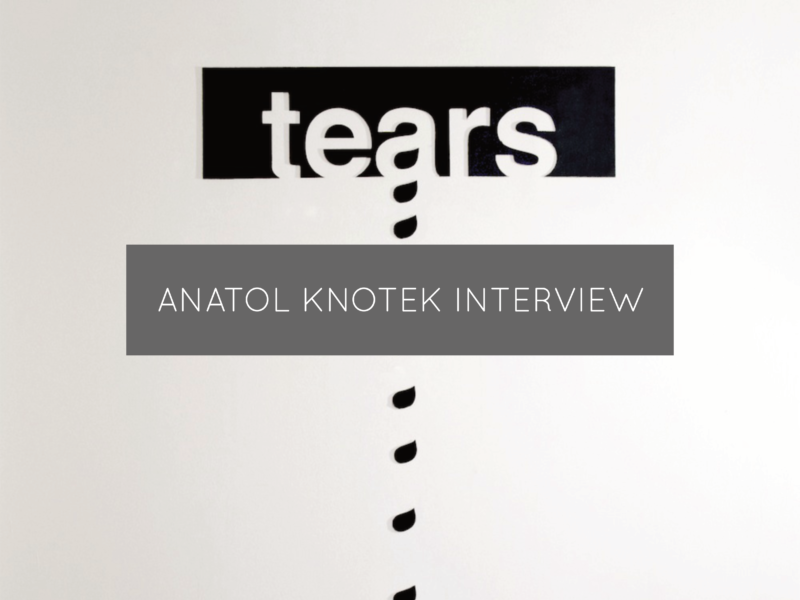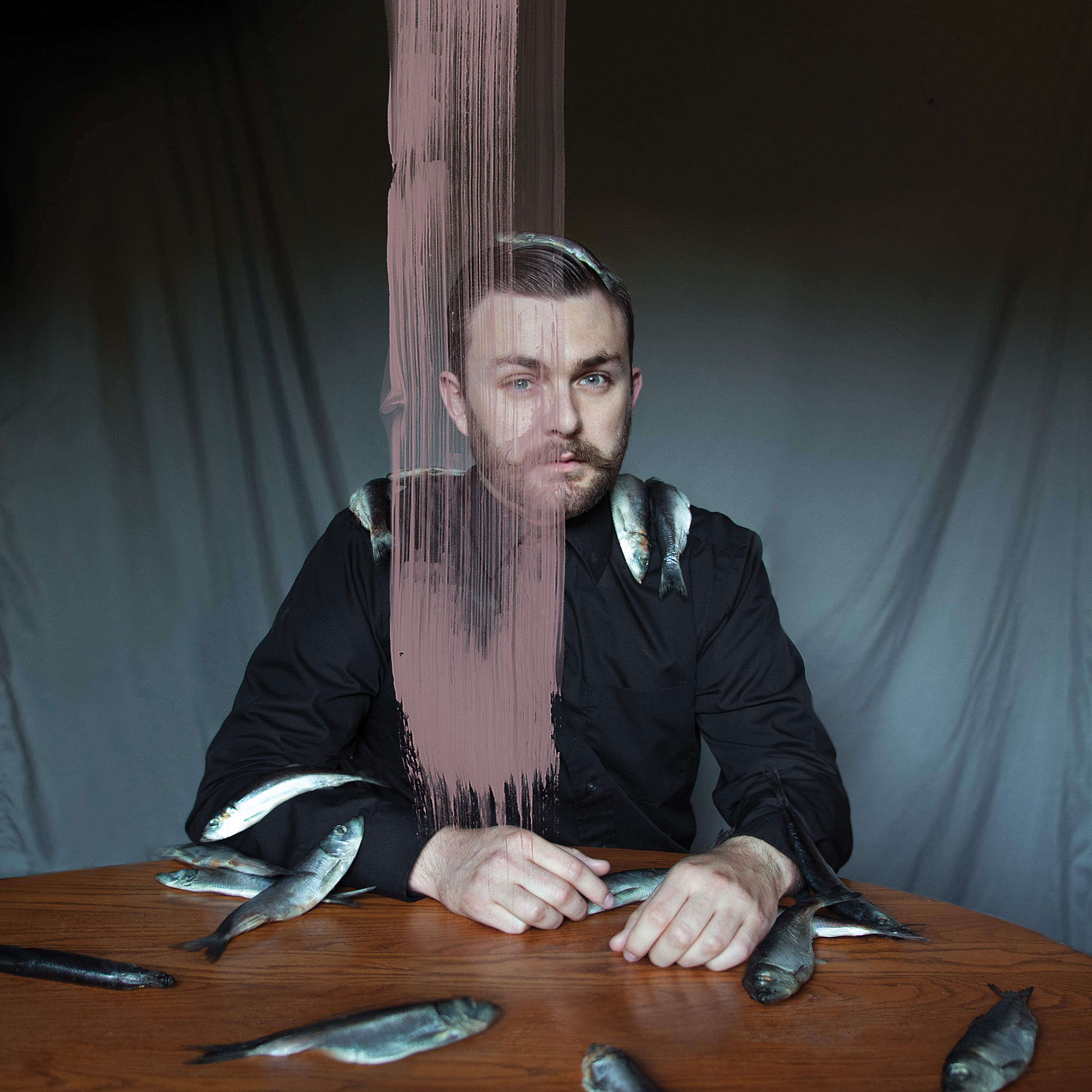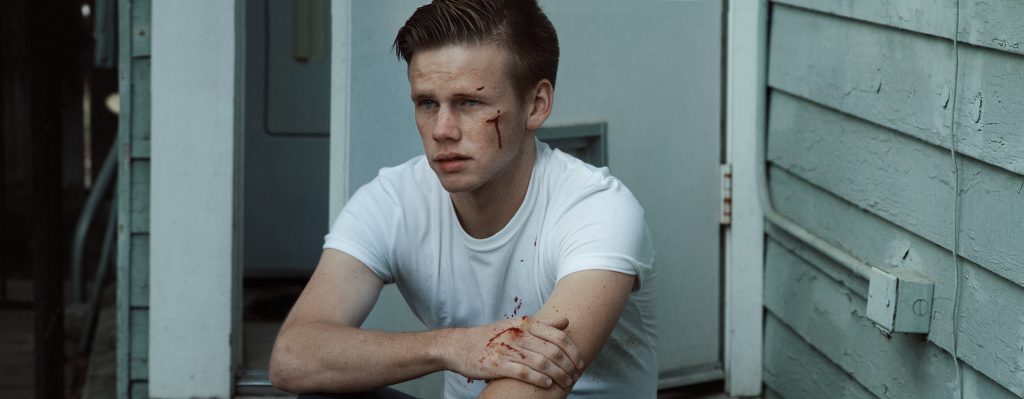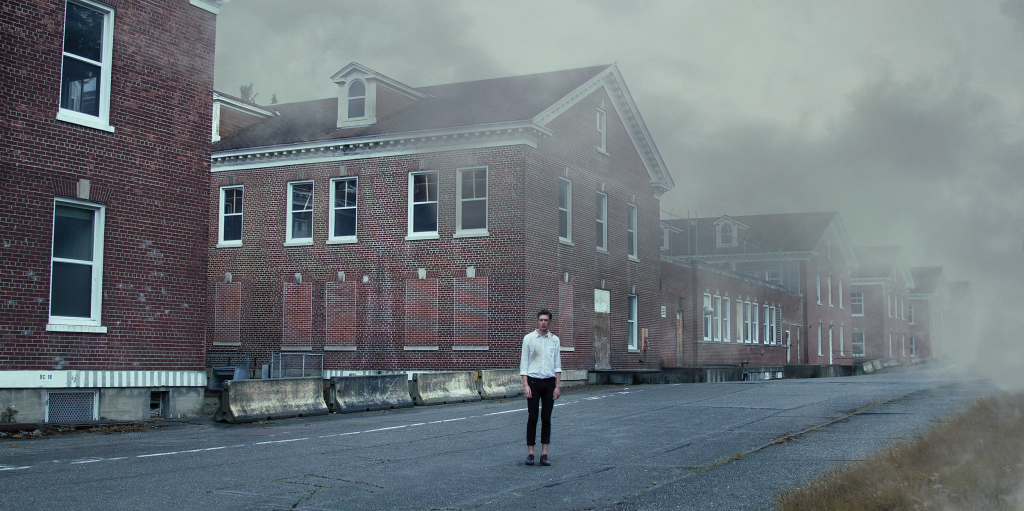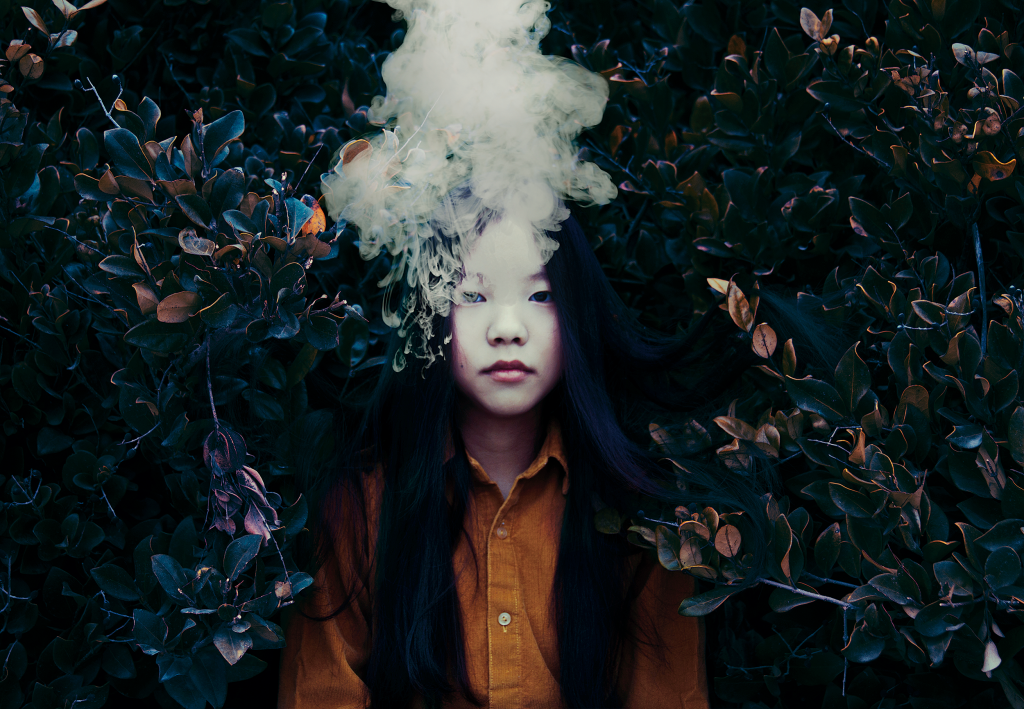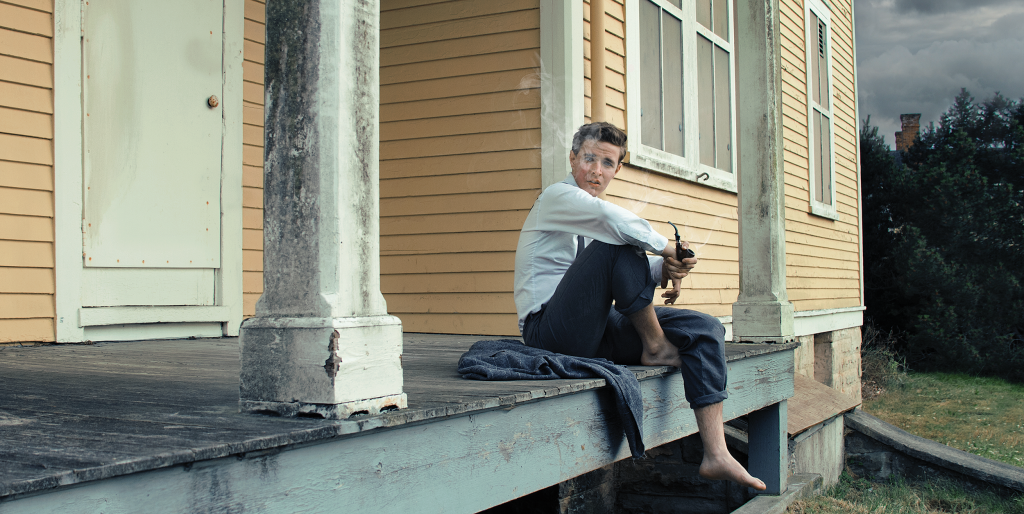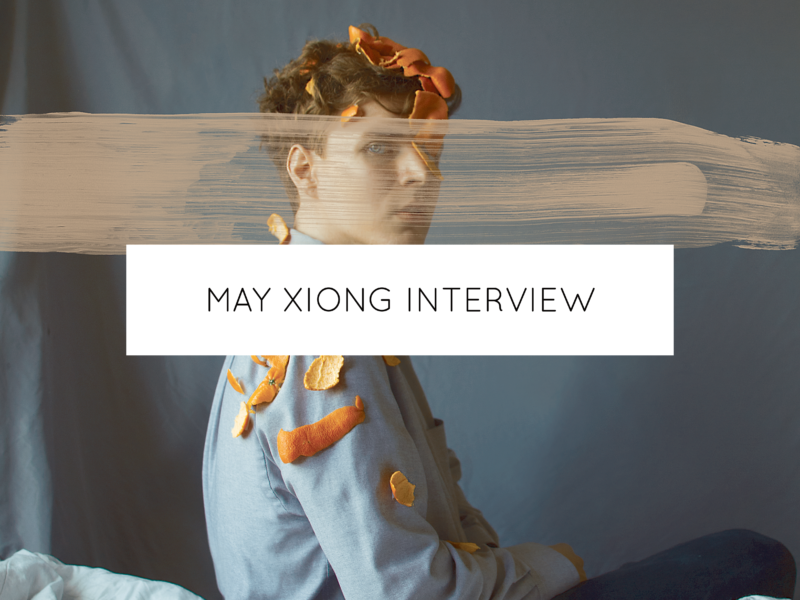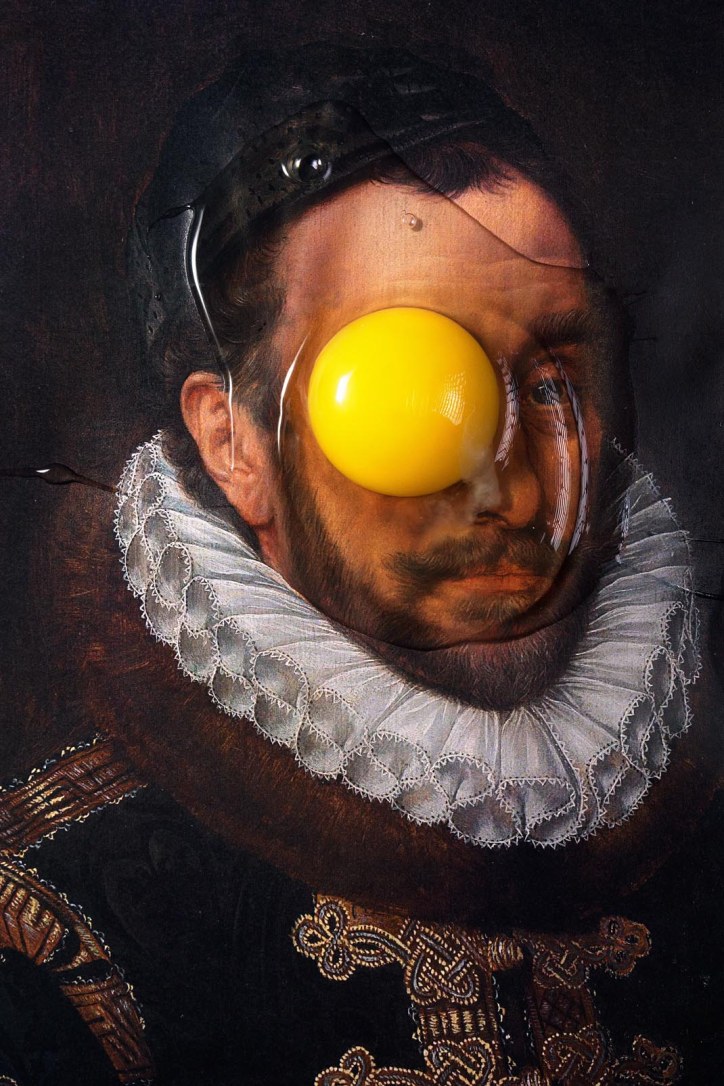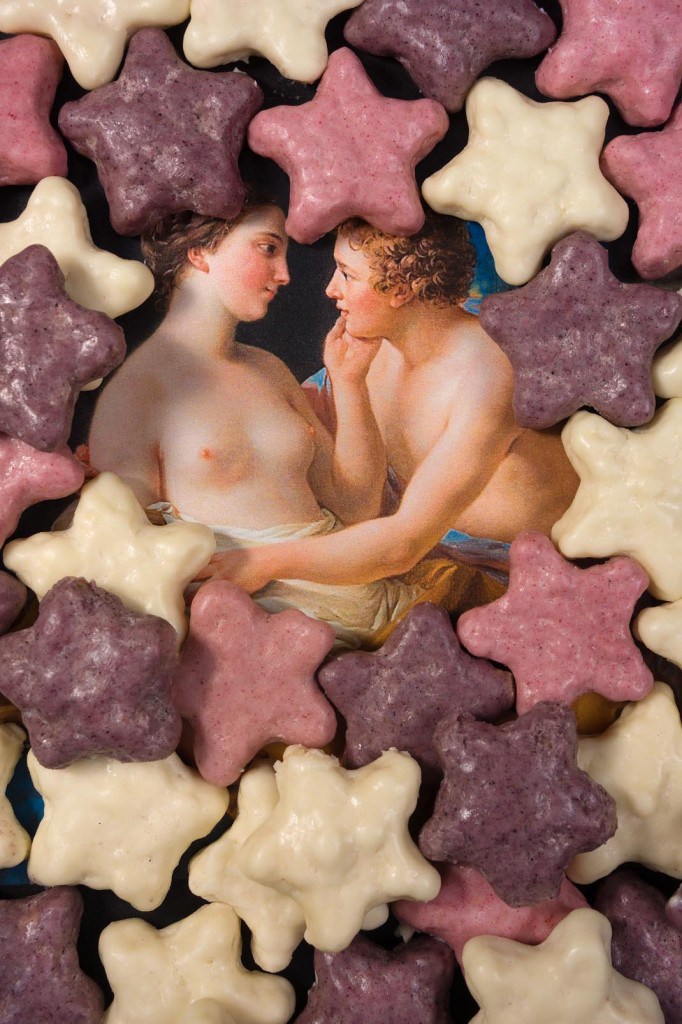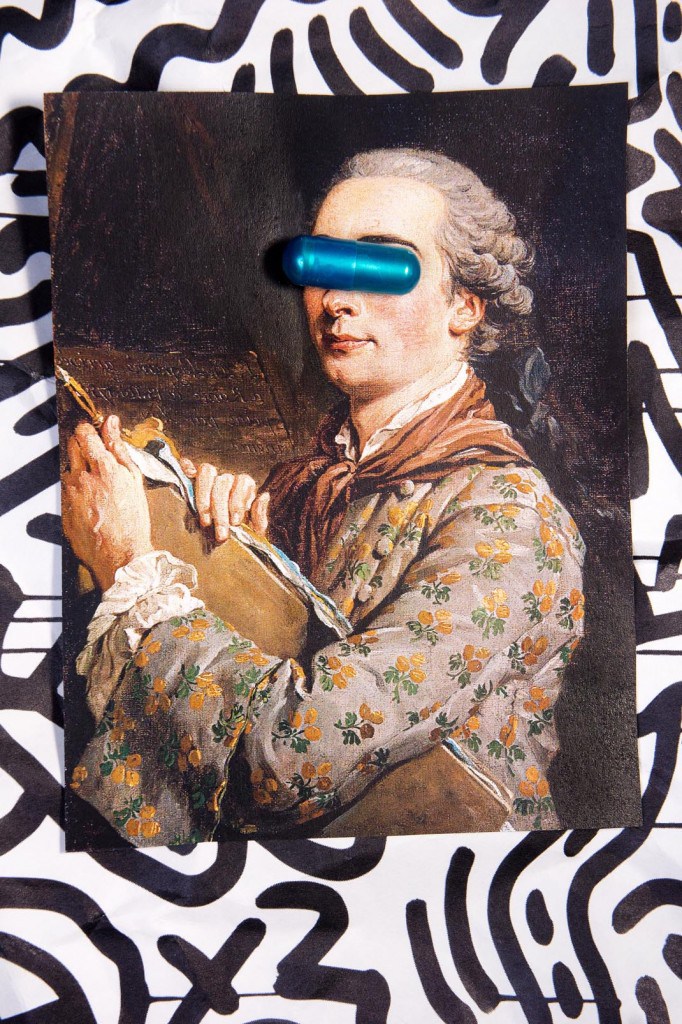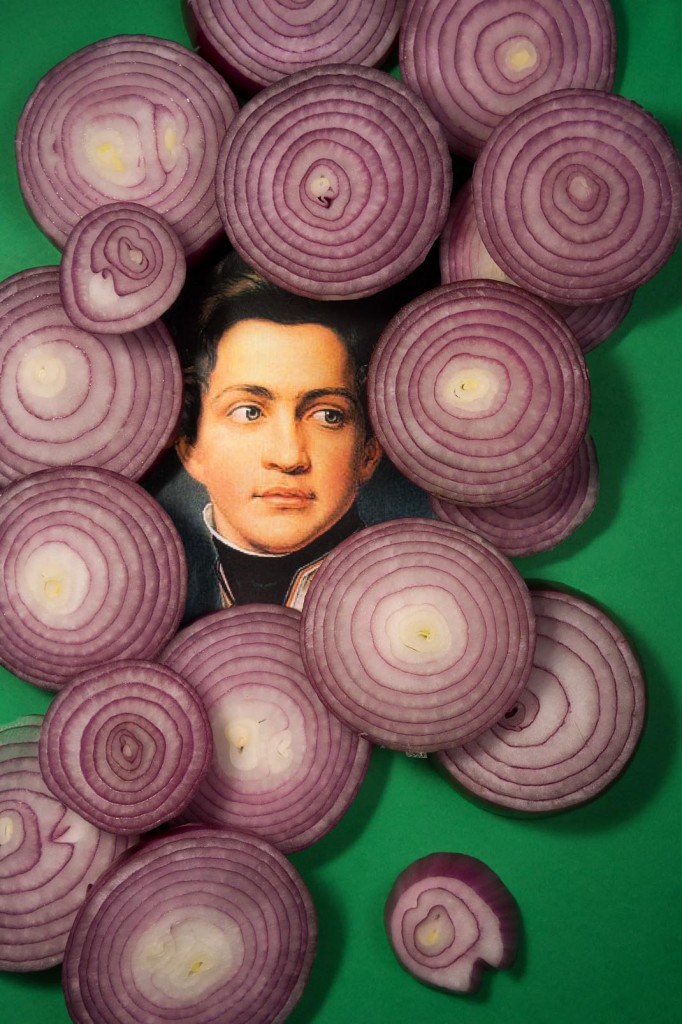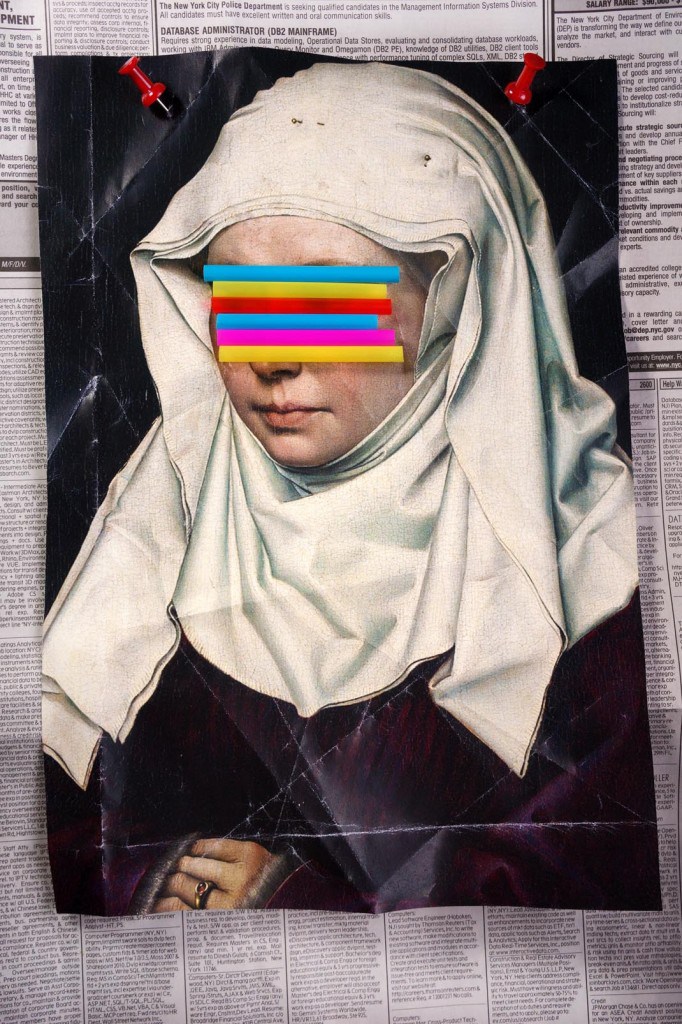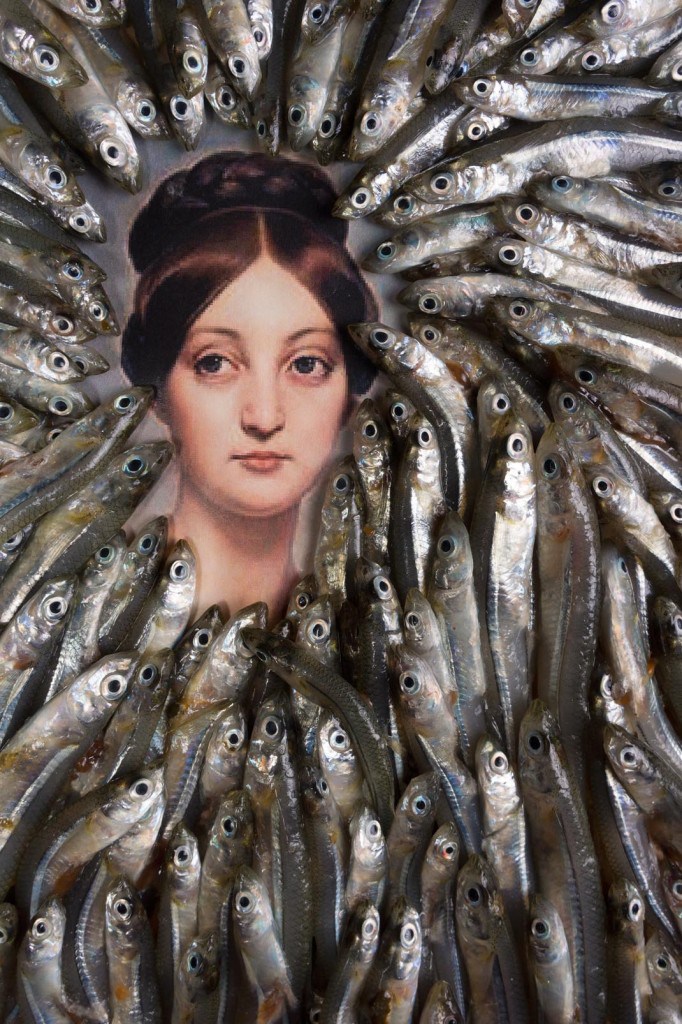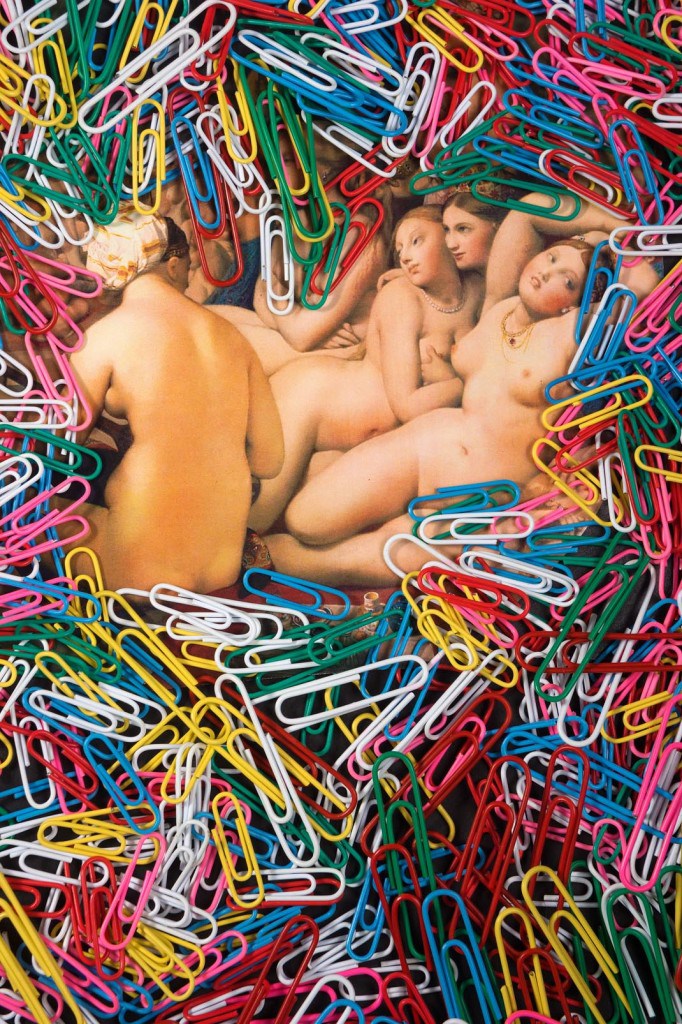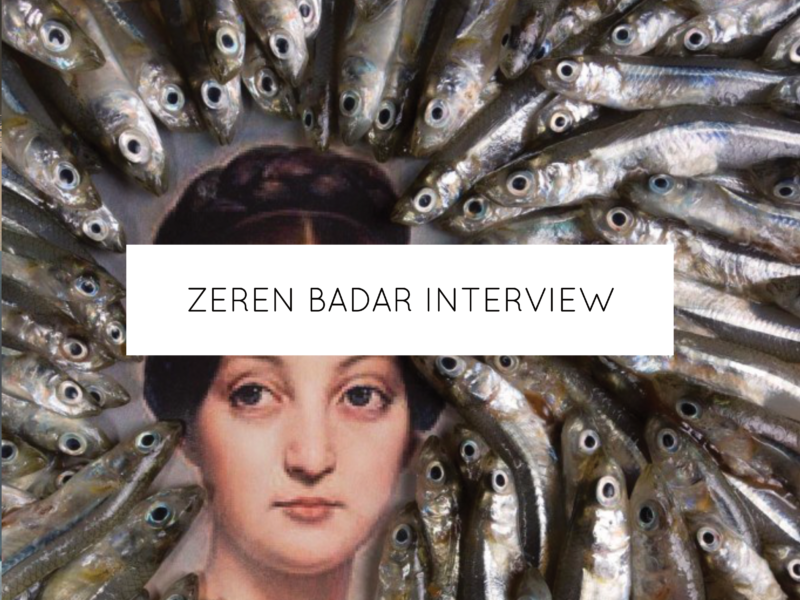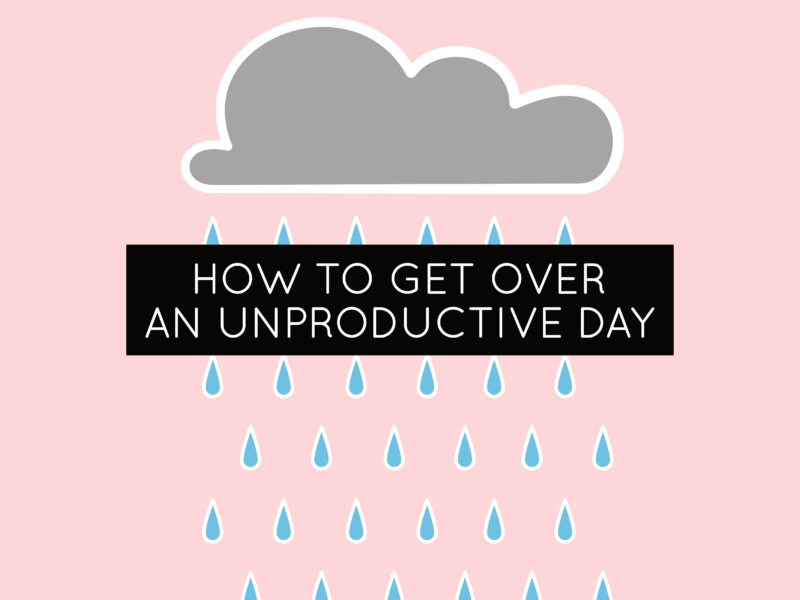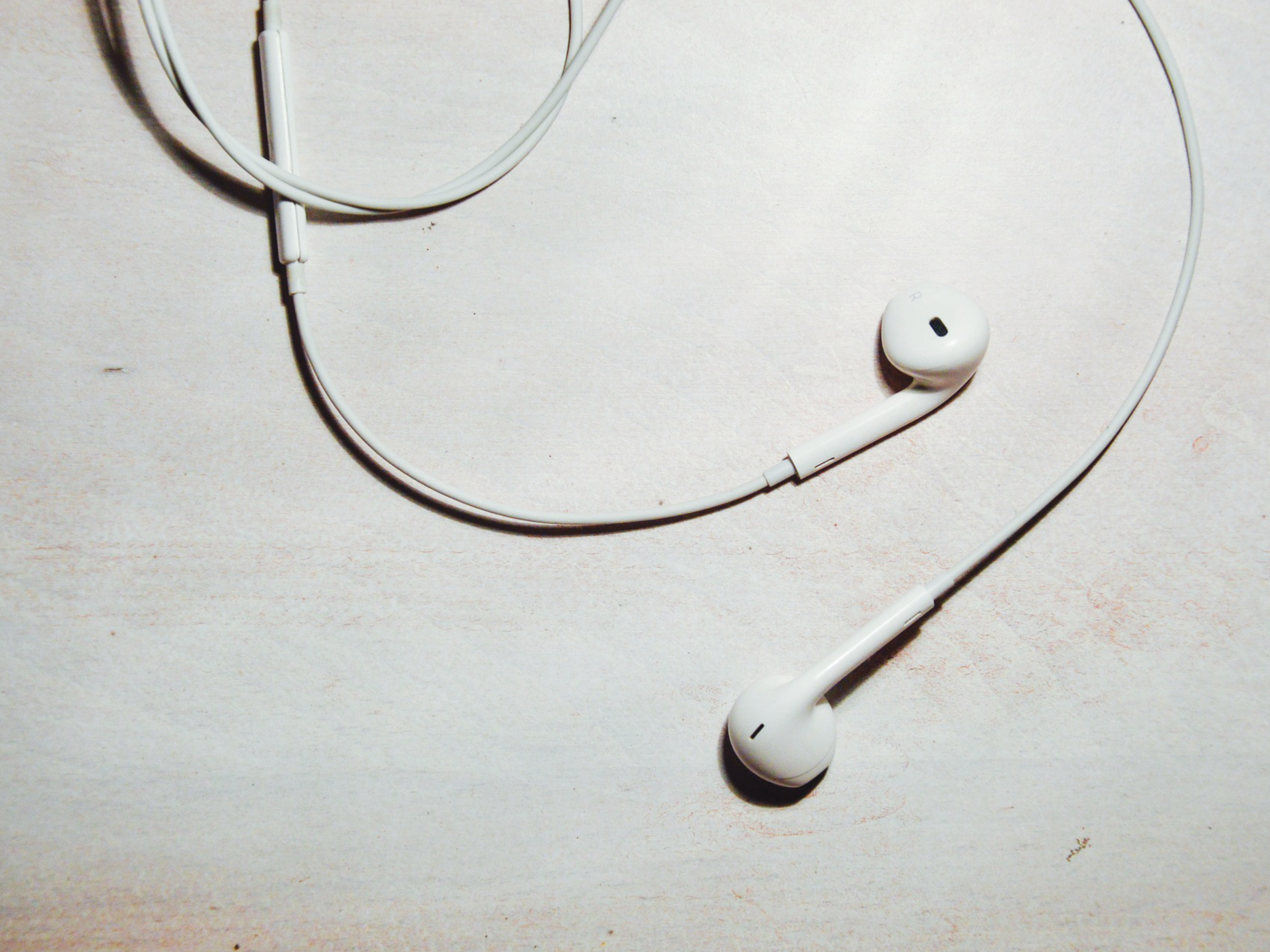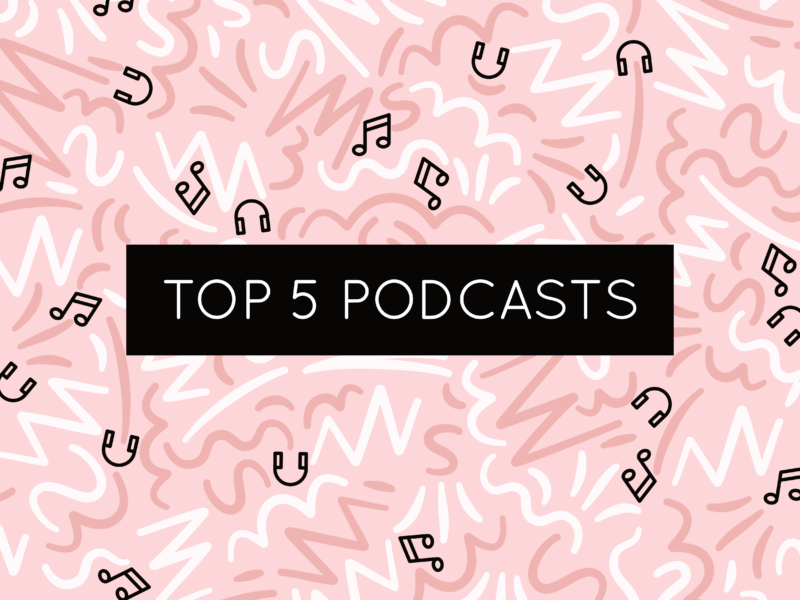The third of my throwback interviews is with the ever thought provoking Anatol Knotek.
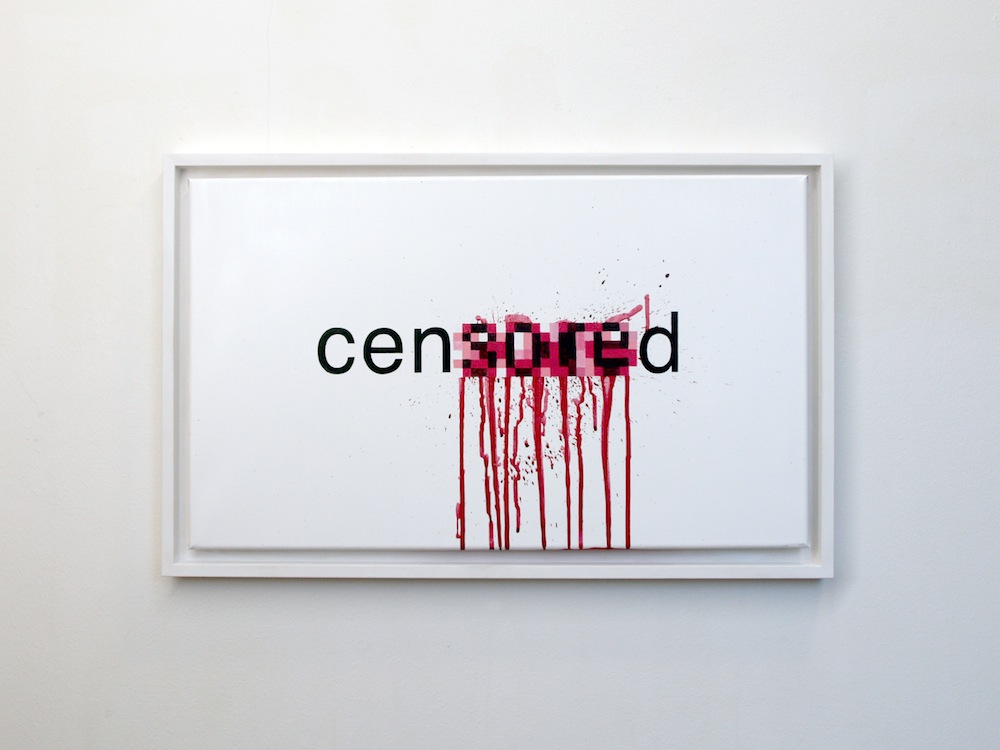
censored/Anatol Knotek
Anatol Knotek is an Austrian artist and visual poet whose work takes the simple truths and ideas we often overlook when taking them for granted and makes them visible. For those of you not familiar with the concept of visual poetry, it’s a form which began as a part of the Avant-Garde movement but is becoming more and more popular in its own right. Visual Poetry uses type to create an image with an unmistakeable message, something now in vogue because of the popularity of typography. For Knotek being a visual poet means he tries to “ focus on phrases, words or single letters, try to question the common belief and try to make something visual appealing.” He has become a master of this form, producing clean, minimal pieces where excess noise is silenced so his message can ring loud and true. The real power in Knotek’s work comes from the tensions it embraces between being type and image, between being highly intelligent and infinitely accessible, and between being simultaneously serious and humorous.
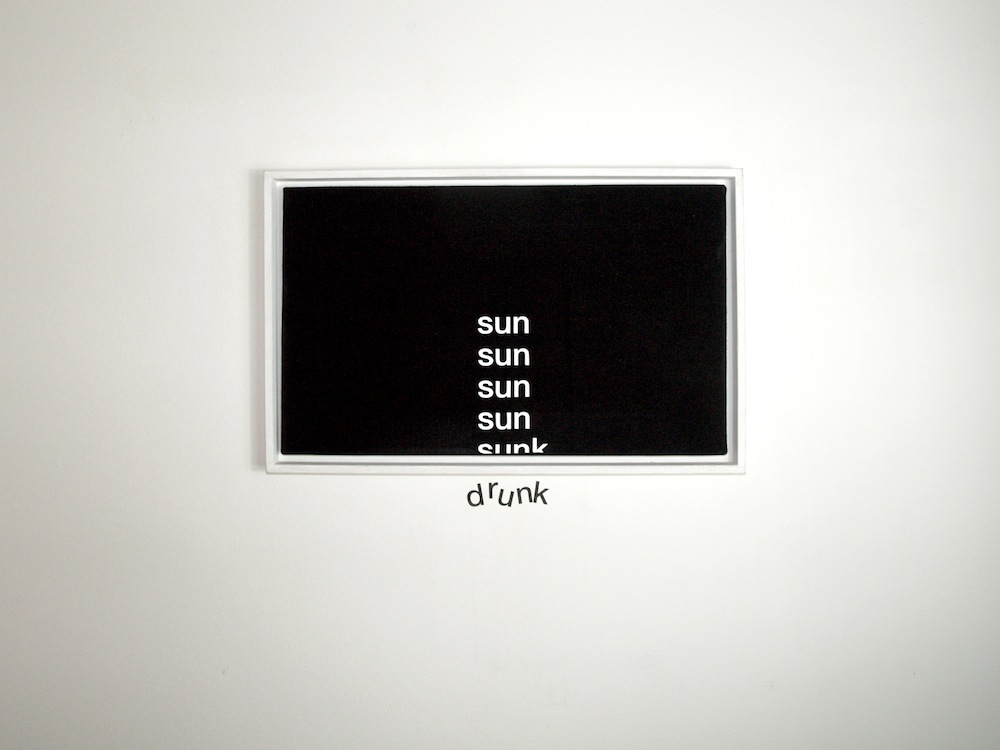
drunk/Anatol Knotek
After starting his career in fine art, Knotek had his first taste of visual poetry through creating portraits constructed from layered handwritten text. He now runs and curates the popular blog visual-poetry, which displays Knotek’s own work as well as that of other visual poets and artists.
As well as posting work online, and having gallery shows across Europe, and the rest of the world, Knotek has recently made a number of handmade visual poetry books, inspired by his fascination with the “aura of the original, the unique”.
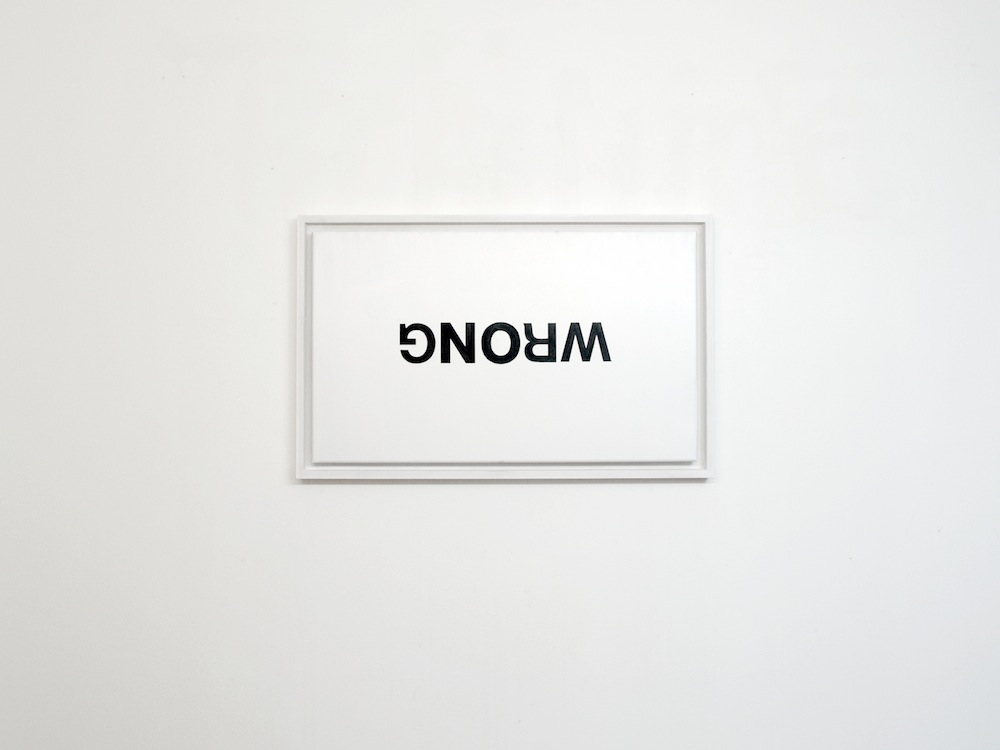
wrong/Anatol Knotek
Do you think posting your work online has changed how you think about it when it’s being produced; do you ever question how something will be received online as you’re creating?
Yes, I do think about that. I began to think about presenting and photographing my work much more, when I started to have a homepage. But visual poetry especially is very much about presentation and context. It’s quite different how you perceive words online or in a book, surrounded by other words, or presented as a single word, just slightly manipulated. The computer provides a huge variety of such possible contexts and I think it’s really necessary to think about that, while making your art.
Could you expand on your last comment, “the computer provides a huge variety of such possible contexts and I think it’s really necessary to think about that, while making your art”? What kind of contexts do you envisage, and how does it alter your planning process?
The context is sometimes the platform where it is displayed – I think that also each blogging platform has it’s advantages and doesn’t fit all kinds of literature or art equally.
Then there is the situation in which the user sees it. The images and texts often flow by in a timeline, the reader becomes a »user« who consumes rather passively, parallel to something else… on the other hand, the »user« can become active and can engage much more than in other mediums as well. It’s interesting, that the context in which a text or image is seen totally depends on the user – each blogger has the chance to re-contextualize, to write something about, or can simply arrange your art among others as he or she likes best. I wouldn’t call them all »curators«, but it goes in that direction.
People often just use art as their desktop background – I’m sure it’s completely differently seen there, as for example a poster on the wall…
Moreover there is the possibility of animation, interaction and hyperlinking. Text can become alive on the screen – characters can literally become characters.
You also have to keep in mind, that art on the internet is often reused, sometimes plagiarised or remixed. I don’t see that as a bad thing at all, I think, that’s what art is all about – it’s consumed, reused, transformed…

censored/Antaol Knotek
Your Tumblr (visual-poetry) is a mix of your own work and work from various other sources, why did you decide to structure it that way?
Before I had my blog, I collected a lot of images from all over the internet in a folder on my computer, which I called »e-deas«. I used it besides my books and catalogues just for my own inspiration. But I was really lazy and often didn’t mention the source, or sometimes didn’t even write down the name of the artist. It became chaotic and actually rather useless after some time. This was when I had the initial idea for my visual-poetry blog. It started as a kind of self discipline, but I also wanted to give other people the possible chance to have a glance at the huge field of text-art, where I myself find so much inspiration in.
…and in the end I really benefit from it myself immensely!
You say that visual-poetry was, in part, your way of sharing work and inspiring other people. Have you had much feedback to this effect from your audience? If so, do you feel like that dialogue is an important part of your online communications?
It took a long time before I received some feedback, but I think that’s just natural. For me it’s mainly motivating and a confirmation that I do share something, which is also interesting for others. The dialogue from my side starts with a simple post – most of the time it’s just the artwork, the title and the name of the artist including a link. The rest of the »communication« is sometimes not directed to me at all, it could be a comment related to the work, personal thoughts, [or] first impressions. For me Tumblr is kind of the »visual Twitter« it’s mainly about images – sometimes people don’t answer with text at all, instead with a »like« a simple reblog, another poem or an animated gif…
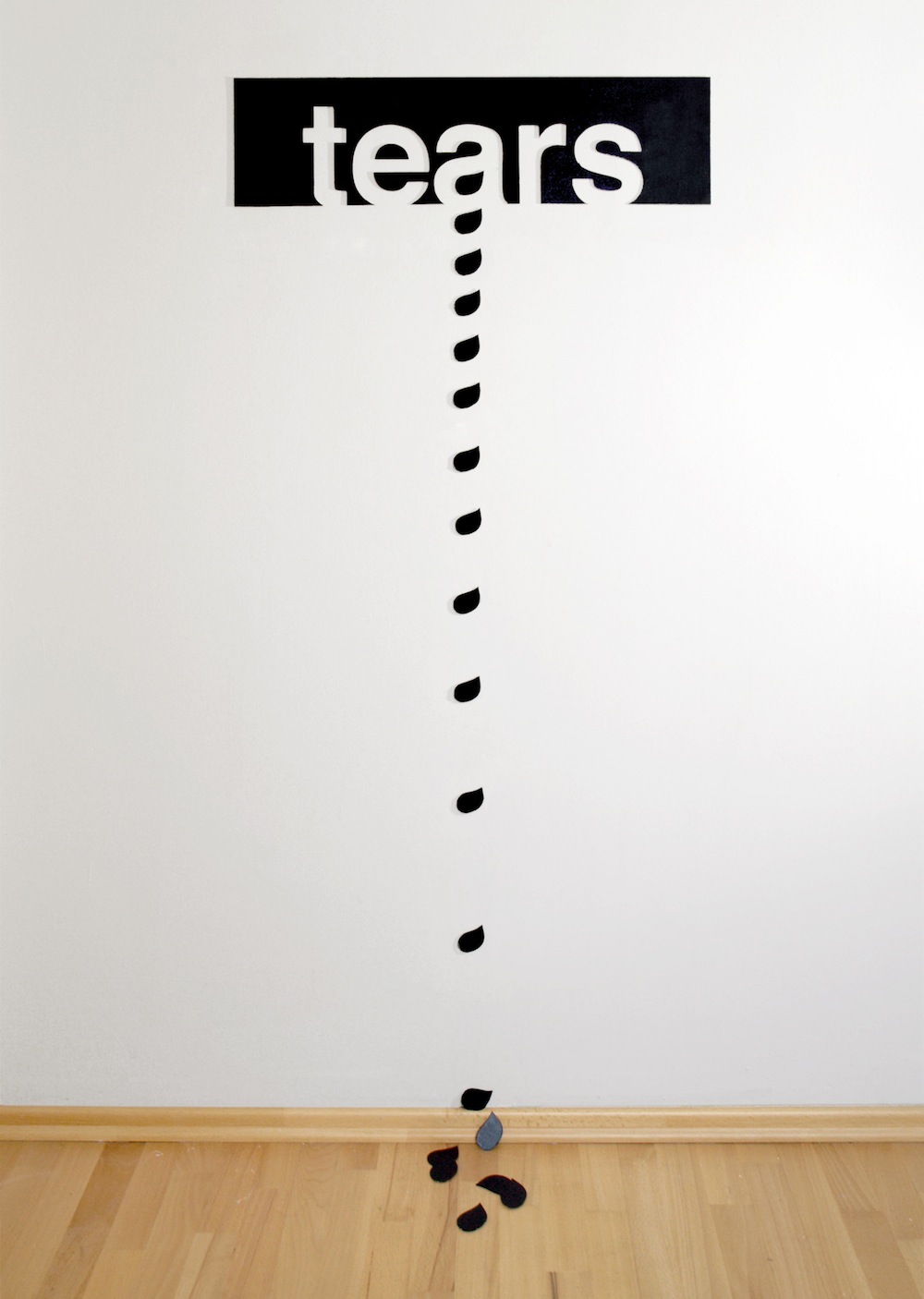
tears/Anatol Knotek
How important do you think curation is in terms of art on social media and the internet in a more general sense? Are there any particular blogs/sites you look to for inspiration?
I’m always thankful when I come across a blog that is curated with some passion for art – a simple google image search could never replace that.
…but it is like in the real world – when you go to a gallery or museum with a show that’s curated with love and understanding, you get the possibility to see new contexts.
I follow some other blogs and some artists’ twitter or other social media sites, but I don’t have a special source. Mostly I use google as a starting point. It’s often so, that when I start engaging with the work of an artist or poet, that the next interesting name literally just pops up by itself.
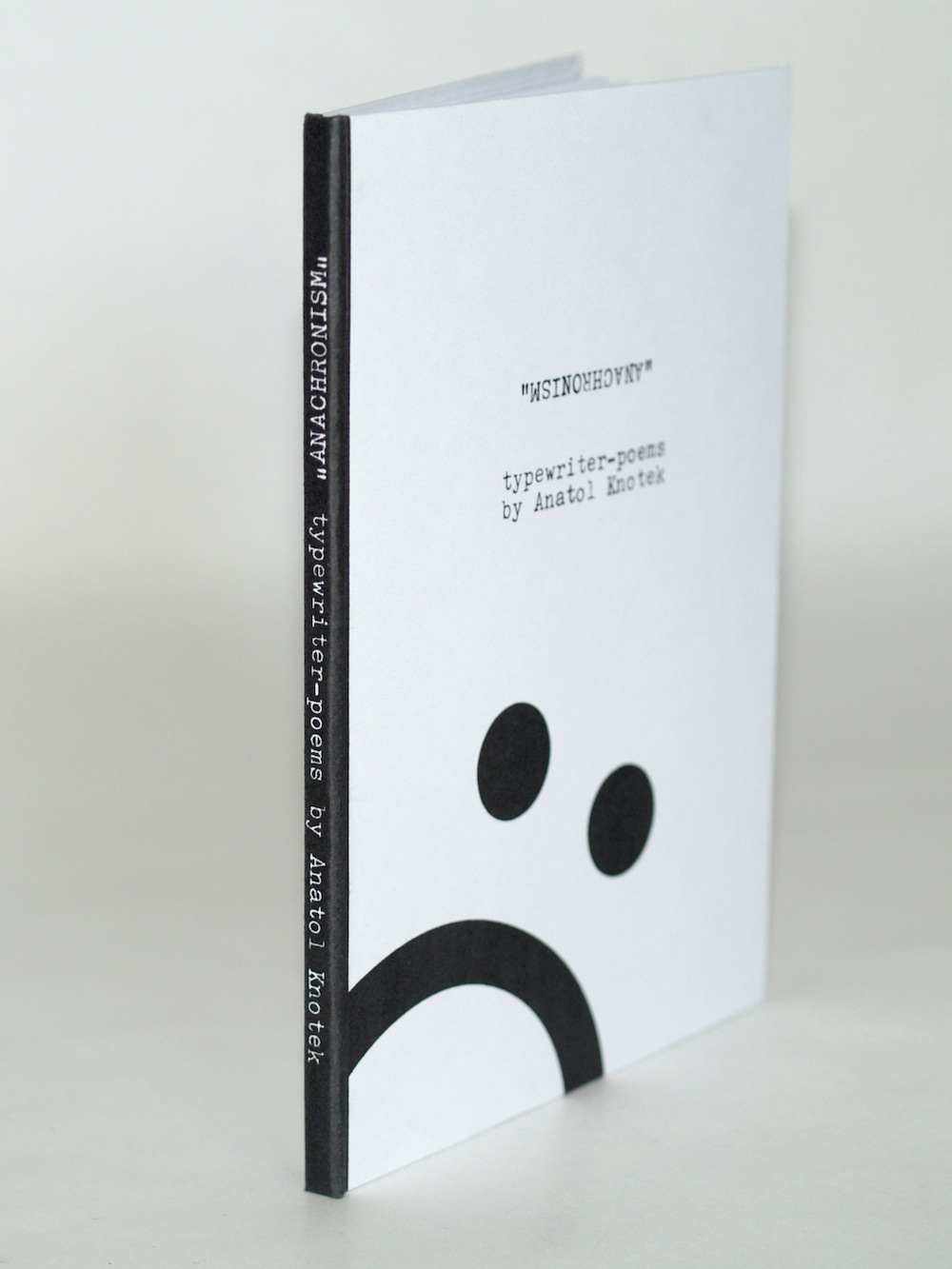
anachronism/Anatol Knotek
Some of your work is currently in the form of books, ‘Anachronism’ being my favourite, which you’ve made available online. Do you feel being able to sell work via the internet, without a middle man or gallery, has changed how easy it is to be a working/commercially successful artist?
My main motivation for self-publishing is, that I can truly stick to my own ideas, so that I don’t have to make compromises in an artistic sense.
The second thing is, that I wanted to make my books all by myself – completely handmade, with my own cheap printer, a simple cutter and some glue or thread. Maybe it’s because all I make is often from the perspective of a painter, and then you don’t really have the option to let it be made by someone else (when your name isn’t Koons or Hirst etc.). I have always been fascinated by the aura of the original, the unique – actually it’s all fantasy, but as a spectator you can usually let your mind travel much more in front of an original work of art.
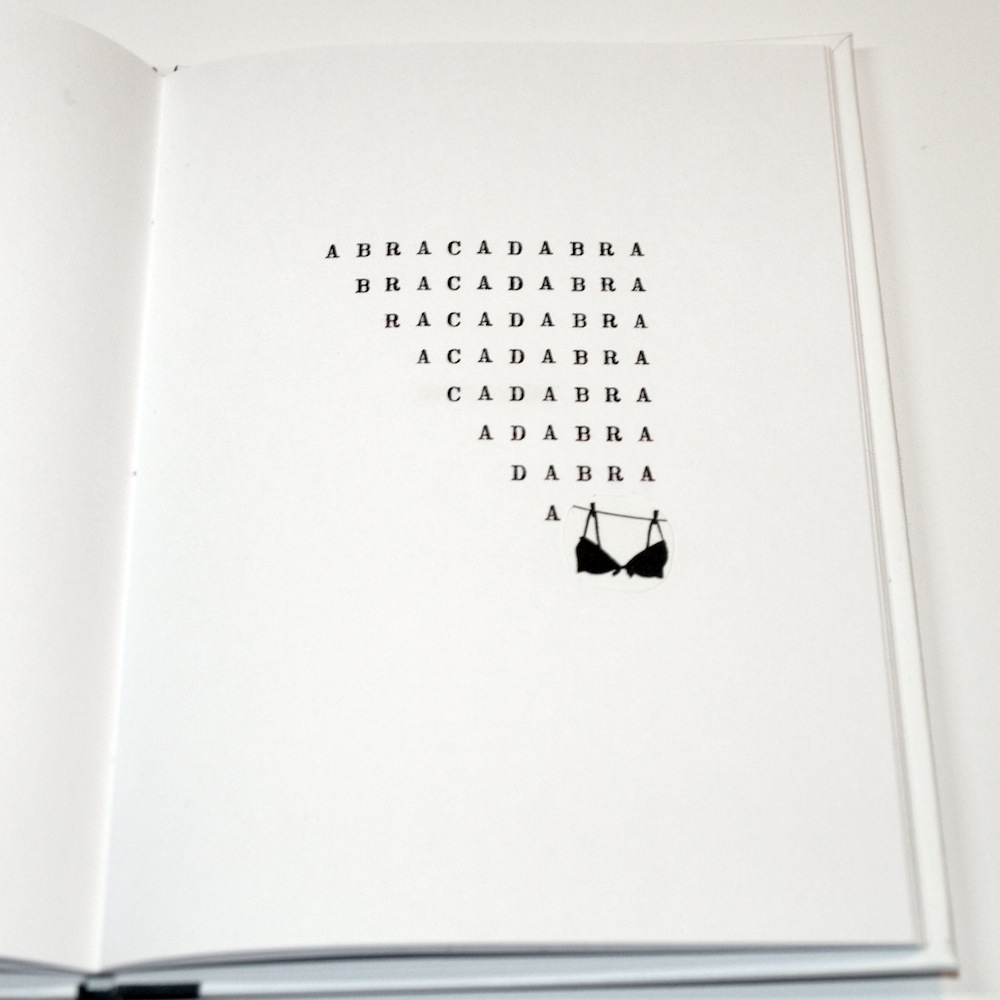
a bra/Anatol Knotek
As you say you’re fascinated by the idea of “the original, the unique”, does the ease of replication of images of from the internet play any part in making that fascination more acute or pushing you towards the completely handmade?
I think so. It became more special to really make something that’s substantial and doesn’t need to be updated regularly. It’s strange, but I think it’s that contrast that makes books attractive again. Maybe I’m wrong, but I have the impression, that writing by hand or with the typewriter is in vogue again too.
In German there is this wonderful expression »begreifen« which means to »understand« but also »to touch«. I think there is a human yearning for something we can hold in our own hands – we live in an increasingly sterile and flat world where something that remains at least some years is more and more lacking. Everything around us moves faster, information is omnipresent and therefore loses meaning and is less precious. But although I’m critical here, I’m also fascinated by the time we are living in. I love to integrate modern technology and the new way of communicating in my art and especially in how I spread it.
In this context we just have to be aware what we gain on the one hand, and loose on the other…
You can see more of Knotek’s work on his Tumblr, visual-poetry (as well as on his website, Instagram, and Twitter)


